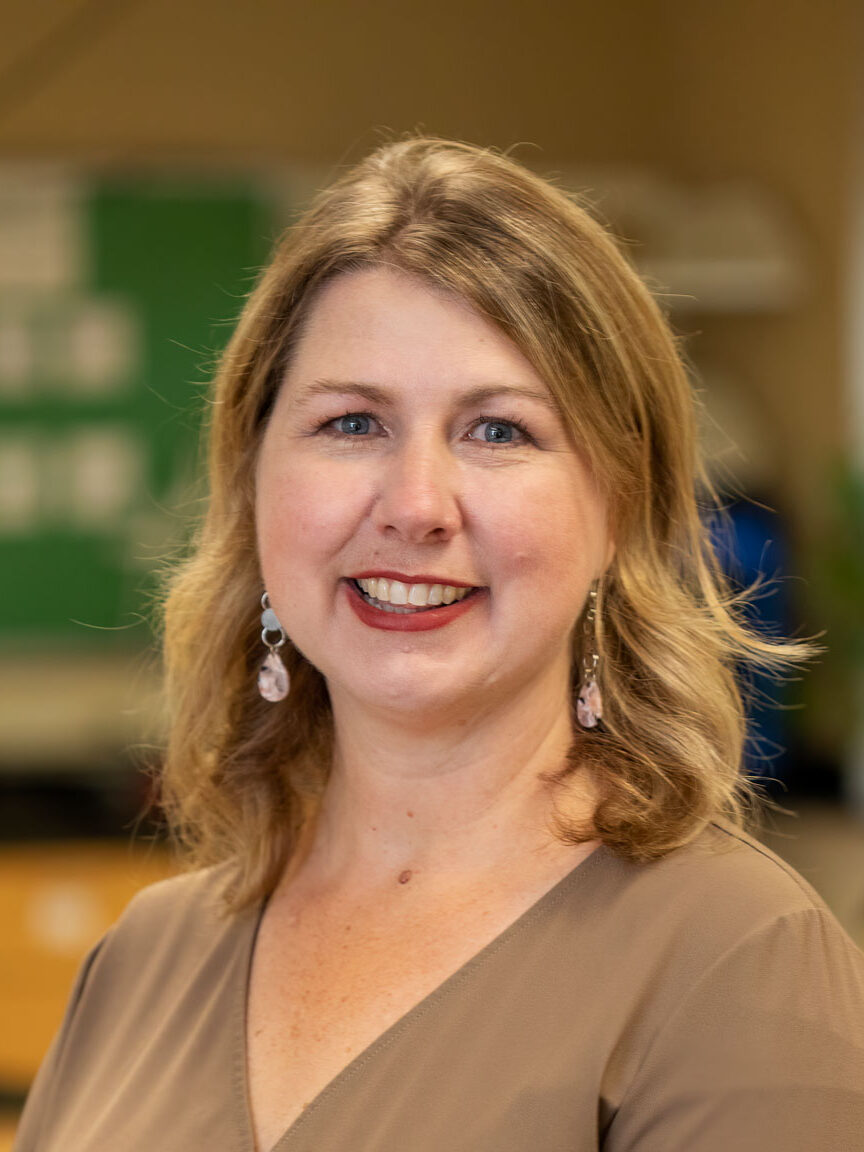What would you do if you could do anything and not fail?
I love that question. Don’t you? But, what about your students? What would they say? Find a cure for cancer? Make space travel accessible? Increase our life span to 200 years?
The no-fail idea is an intriguing one. Take a look at these inspiring individuals who ran with it:
- Environmentalist Boyan Slat designed a way to remove plastic waste from the sea.
- Abigail Lupi started CareGirlz, a group of talented kids who spend their free time performing at aged care homes and hospitals.
- Katie Stagliano grows crops of food under her Katie’s Krops initiative and is feeding thousands of homeless people.
- Animal activist Ken Amante opened his own animal shelter to care for hundreds of abandoned, hurt, sick, and starving dogs and cats.
Talk about making a difference in the world. Oh, and did I mention all of the above were kids?
Why authentic learning is a big deal
Learning is useless unless it has a positive impact on the world. In fact, one of the biggest road bumps in a student’s academic career is translating what they learn in the classroom to the skills they’ll need in the real world. Ever heard them groan, Why do I need to learn that? Of course you have.
Authentic, real-world learning helps students become more competent, productive, and helpful adults. It motivates and prepares them to make the world a better place. And your students don’t have to live in Washington, DC or have a lot of money to make an impact. They can do it right from your classroom. That’s what real-world learning is all about.
Taking the first steps
We can all agree that our goal as teachers is to create productive citizens who make a difference. Real-world learning sounds good. But how do busy teachers, like you, implement it?
Here are three strategies to get you thinking:
- Raise awareness. No doubt, there are issues your students are passionate about. Raising awareness is about a student teaching others about the topic so they can make a positive change. The people who hear the lessons and the student who raises their awareness of it both benefit. It’s a win-in.
- Raise money. There are so many good causes without enough funds to attract the attention they need or accelerate positive change. Pick one and you’ve got the seeds of a successful fundraiser. The impact is concrete. And, in the process, students learn more about the cause they’re passionate about.
- Form relationships. It’s easy to feel isolated within the four walls of a classroom. That’s why it’s important to have your students reach out and form relationships with people in need. By connecting with others with different life experiences, your kids will not only learn a lot, but will also be able to empathize and have compassion for others.
Ideas for powerful, real-world projects…they’re everywhere!
- Start by simply asking your students. Not only will you discover problems they care about, but you’ll also gain their buy-in.
- Reach out through social media. (Don’t worry—your students are experts at this!) Look for teachers who are sharing what they are doing and let their experiences jump-start yours.
Once you land on an idea, reach out:
- Skype a scientist or author with expertise or knowledge of the area. You may be surprised at their eagerness to develop the next generation of students.
- Write a good, old-fashioned letter to a legislator. People still do write letters!
- Turn your school into an authentic audience. Find opportunities for your students to present to other students, teachers, or administrators.
- Connect with your community. Find local businesses or organizations who share your passion and connect with them.
What about your classroom? Have you found ways to connect your students to the world and the world to your students? Please share!
For more information:
View the 30-minute webinar on this topic entitled, Real-World Connections.
